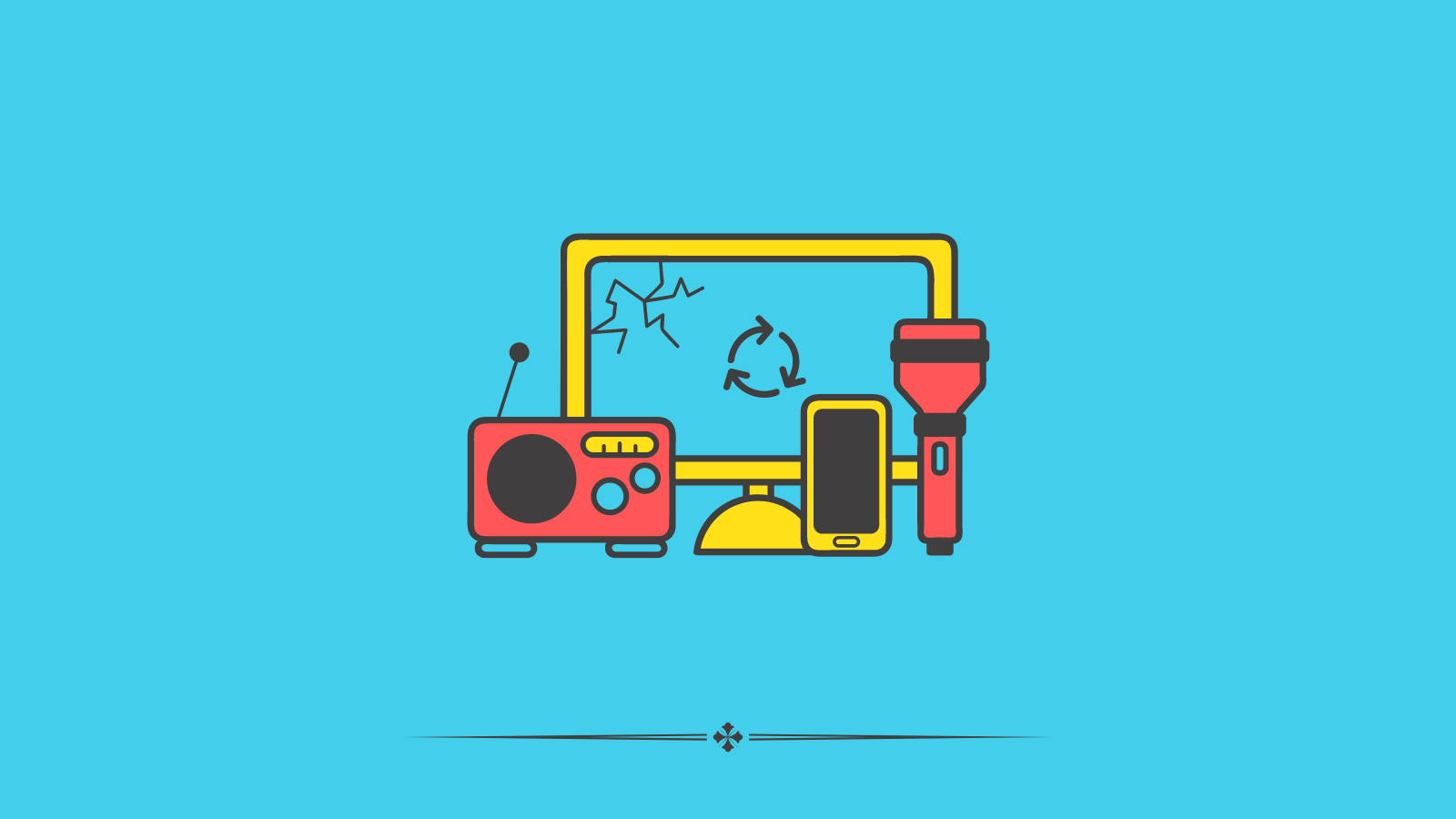The Role of Electronics Product Design Engineers in Tech Evolution
Ever wondered who’s behind that snazzy new smartphone or the slick electric car zipping down the street? That would be electronics product design engineers—the brains of the operation.
They are literally holding the future in their hands, turning wild tech dreams into the cool gadgets you use every day. They’re the bridge from “what if” to “what is,” shaping everything from how these gadgets work to their impact on the planet.
Diving a bit deeper, these engineers are the trailblazers in the tech world. They make the big calls on the hardware inside your devices, which means they’re all about making things faster, tougher, and smarter.
Plus, they’re buddy-buddy with the software crowd, ensuring that the guts of your device play nice with its brain, giving you a smooth ride.
These engineers aren’t just making tech—they’re pushing it to its limits. They’ve got to keep one step ahead of the tech curve, anticipate what you’ll need before you even know you need it, and constantly innovate to keep gadgets on the cutting edge.
Your favorite devices didn’t just pop up out of nowhere. They’re the result of blood, sweat, and a whole lot of brainpower, thanks to the unsung heroes driving the tech evolution.
Chapters
Back to Basics: The ABCs of Electronics Design

In the world of technology, solid electronics design is the backbone of innovation and functionality. Grasping the basics is the key to ensuring your devices are both top-notch and reliable.
Key Principles to Live By
Starting off on the right foot in electronics design means sticking to a few golden rules that ensure your product can stand the test of time.
Keep it simple—complexity often leads to headaches down the line, whether it’s in reliability or fixing bugs.
Make sure it does what it’s supposed to do without adding any bells and whistles that clutter the user experience.
Stick to safety standards like glue; they keep both the user and the device in check.
Lastly, think about how it’s made. Designing with manufacturing in mind can cut costs and make assembly a breeze.
Picking the Right Parts
Choosing components is no walk in the park. It’s about striking the perfect balance between:
- Performance
- Cost
- Availability
- Size
Your choices here will define how well your device works and how much it costs to make.
Opt for components that are not only powerful but also supported well into the future, saving you the hassle of a redesign. Integrated circuits, for example, are a solid pick for reliability and are common in today’s tech.
From Idea to Blueprint
The journey from a concept to a blueprint is all about schematics.
- Start with a block diagram to lay out the subsystems and how they connect.
- Move on to detailing each block with clear schematics, using symbols that represent the actual components.
- Keep everything neat and well-documented to make reviews and tweaks easier.
This organized approach isn’t just good for your sanity—it’s critical for pinpointing issues and turning that concept into a real, working prototype.
Revolutionizing Tech: The Role of Design Engineers

At the core of every tech breakthrough, you’ll find electronics product design engineers turning bold ideas into real gadgets that change our lives.
From Idea to Reality: Prototyping and Testing
The first peek into future tech comes from prototyping. Design engineers painstakingly turn abstract ideas into physical prototypes that let us touch the future today.
Prototyping is crucial—it’s the real test of innovation, giving us a hands-on experience with emerging tech through multiple iterations. Each prototype is rigorously tested to ensure it’s functional, user-friendly, and safe.
This iterative process isn’t just about testing—it’s where big ideas are refined and prepped for the mass market.
Key Stages of Prototyping:
- Concept Models: The initial vision takes form.
- Functional Prototypes: Testing how well it works.
- User Experience Models: Ensuring it’s easy and pleasant to use.
- Pre-production Units: The final step before it hits the shelves.
Together, these stages lay the groundwork for the innovative devices we all eventually get to enjoy.
Keeping the Wheels Turning: The Iterative Design Process
In the fast-paced world of tech, design engineers are constantly revisiting and revising their work. They don’t just create; they stay in continuous conversation with their projects.
Each round of revisions is an opportunity to tweak and improve, driven by feedback and a quest for perfection.
This process isn’t a straight line—it’s a dynamic cycle of feedback, enhancements, and sometimes bold changes.
Essential Steps in Iterative Design:
- Refinement: Fine-tuning details to perfection.
- Optimization: Boosting performance and efficiency.
- Integration: Seamlessly combining all elements for the final product.
These steps ensure that the gadgets and technologies we depend on not only meet our current needs but also push the envelope, keeping pace with rapid industry advancements.
Tech Meets Planet: Embracing Sustainability in Electronics
As technology races forward, integrating sustainable practices is becoming more crucial.
Let’s dive into how electronics design is marrying environmental stewardship.
Going Green with Materials
There’s a noticeable shift towards greener materials in electronics. Designers are now opting for substances that lessen our ecological footprint. For example:
- Bioplastics: Made from renewable resources like corn starch, these materials cut down on our reliance on fossil fuels.
- Lead-free solders: These are used to reduce toxic waste, replacing harmful lead-based solders.
Powering Down to Power Up
Energy efficiency is a top priority. Modern electronics are engineered to sip rather than gulp power, maintaining high performance while being kinder to the planet. This is made possible by:
- Low-power chipsets: These chipsets are designed to deliver full functionality using minimal energy.
- Smart power management software: This software adjusts to your usage patterns to help extend battery life without you lifting a finger.
Designed to be Reused and Recycled
The focus on recyclability at a product’s end-of-life is more pronounced than ever. Here’s how it’s being done:
- Modular design: This approach makes products easier to disassemble, boosting their recyclability.
- Standardized components: Using common parts across various devices simplifies the recycling process and encourages the reuse of components.
These steps not only help reduce electronic waste but also ensure that the tech we depend on today doesn’t harm our tomorrow.
The Bright Future of Electronics Design
The role of electronics product design engineers is indispensable. They are the unsung heroes behind the scenes, making sure that as technology progresses, it does so in a way that is innovative, intelligent, and mindful of the broader impact.
With each new development, they are not just engineering gadgets; they are engineering the future, ensuring that technology remains a vital, beneficial, and sustainable part of our lives.
Improve your Marketing with the Power of AI
See how you can start with AI Marketing and reach your goals faster than ever before. Check out the Tips, Strategies, AI Tools, Masterclass, Courses, and Community. Unleash the true potential of your brand with the help of AI.